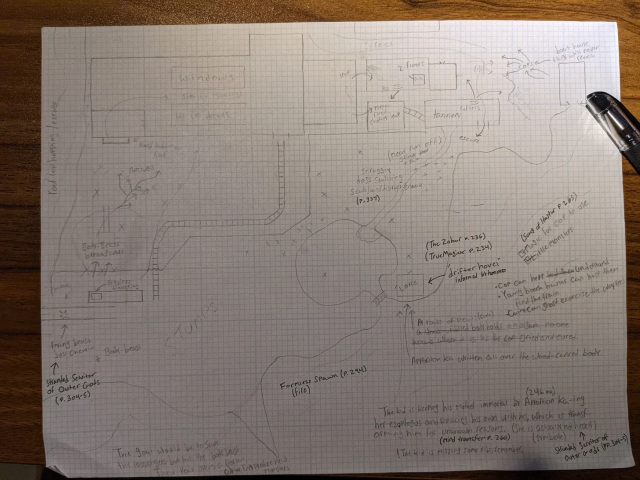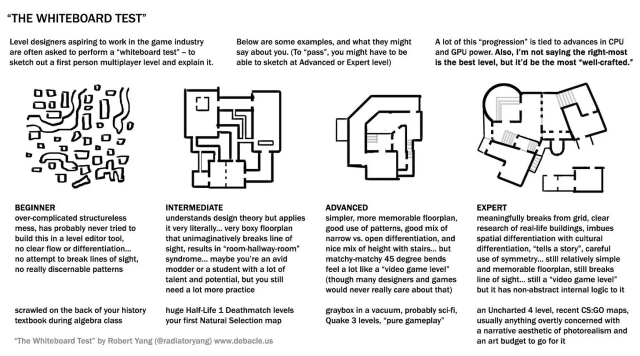End of Winter: Persuasive Matters
There isn’t too much new to report about what it’s been like to make maps, since finals have been happening and I’ve been involved in writing my own and grading my students. So I thought this post might just speak to kind of some thoughts I’ve been having which generally relate or come out of my map making project. It’s a bit of a summary interstitial.
>
This quarter I have been reading the essay collection The Nonhuman Turn, edited by Richard Grusin, which has been useful for providing a gloss of the predecessors and big names working in new materialism/speculative realism/OOO up to around 2015. Last night I read Rebekah Sheldon’s chapter, titled “Form/Matter/Chora: Object-Oriented Ontology and Feminist New Materialism” which, at least for me, convincingly argued how feminist philosophy since like Harraway and Butler survived the ontological turn in new materialism by confidently interrogating what “matter” is exactly. I am summarizing a summary with this, but feminist new materialism entertains the possibility that ideas and discourses and representations are material, which means they can participate in the weird ontological forms of relationships, like Barad’s “intra-action”, which new materialism is founded on believing.
With my face pushed into virtual corners all quarter long, of course this idea seems pertinent to me. The question of how virtual spaces matter and are matter is one that I will be asking and investigating for a long time, I feel like.
It touches on something that I think one of my peers, Rielley, was writing about this quarter with regard to the materiality of the things which constitute a role-play game as experienced: he says it’s an “im-material” thing that involves the imagined spaces, the dice, table, paper, speech, and the sight of other players.
As the gamemaster (GM) of my own TTRPG sessions, I can attest that there is something particularly meaningful that all the struggle as GM aims at creating there in the room with you and your players. On the side of my Quake map making experience, this quarter I was also running a very fast and loose custom adventure in the Call of Cthulhu RPG setting. I never feel like I have the time to make these the way I want to, so I was always jealous to see my peer’s progress in making his own module. Looking back at the end of the adventure when we completed it last Sunday, I think it was at its best when I had a real sense of the space where the story was taking place and I was inviting my players to move and interact in. Below is a drawing of a large industrial district beside a bay that I created and which inspired a lot of fun participation from my players. Maybe the map as I drew it, and as I imagined it, and as I spoke about it and my players thought of it was a real material thing in the room with us during those sessions.

If nothing else, this experience tells me that being able to visualize a space and talk about it is important to my ability to tell a story, inside of videogames, in prose, and verbally during a TTRPG session. I might just try to draw a map, using some method, whenever I get stuck or feel unsatisfied by the quality of the story I am telling from here on out.
>
Another thing I have been thinking about this quarter, which comes from that same book, is the idea of the process of making as a way of doing… research? scholarship? philosophy or theorizing? Ian Bogost has a chapter in that same book, titled “The Aesthetics of Philosophical Carpentry” which argues that the process of making something is a better way of accessing the thing you mean to study than a lot of other ways of trying to do the same thing. For my feelings and understanding about virtual space, making Quake maps and doing TTRPG campaigns might be the tactile process of getting to know a material thing that my time just reading and writing about virtual space during my studies was unable to facilitate.
I can’t help but do that annoying scholar/theorist thing of playing with words now. When we say “rhetorics of making” do we mean the rhetoric of making a thing, something like aesthetics or best practices? Some weeks ago I found this graphic created by mod maker turned professional developer and scholar Robert Yang, which details a kind of aesthetics of map making that comes out of Quake, moves through games like Half-Life and its sequel (where I first encountered Yang’s work), and informs my own ideas as I make Human City. Maybe the lessons imparted by rhetorics of making look something like this.

Or maybe, when we speak about rhetorics of making, we mean that there is a rhetoric emerges within a thing that we discover through the experience of participating and understanding how the thing is made. Like, instead of making things according to a certain aesthetic, when you get in and participate with the material process of composing a thing you start to feel how the thing composes itself. You get to know the give of certain consistencies of clay and respond to that give by applying it to only certain projects and never to others, because it seems to have a persuasive influence in its very matter.
Just a thought…